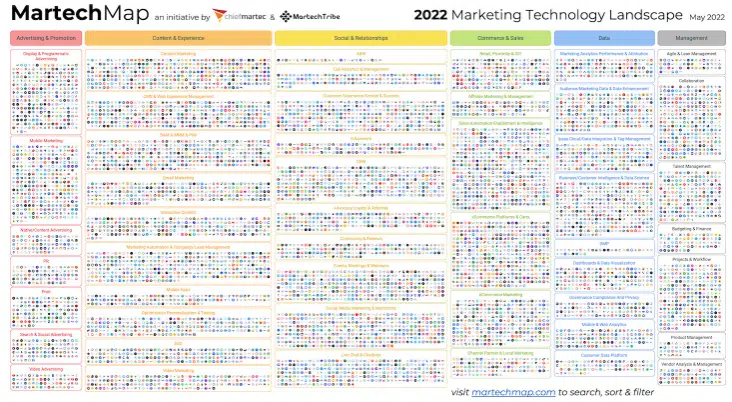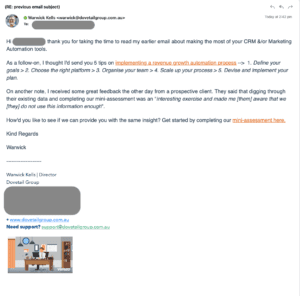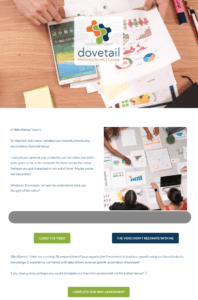In today’s world, there isn’t a single industry that doesn’t need some knowledge or use of technology. Even the least technically savvy professionals use smartphones or other mobile devices to read emails, communicate with co-workers, and establish client connections.
The complexity comes from the novelty of the technology. Most business owners and companies find adapting to new technology advancements challenging, especially given how quickly things change
How Can We Stay Organised with So Much Technology?
Think of it this way: Like any other tool, technology is designed to assist in solving problems or improving processes and so much more. However, it is often not just “plug and play” but instead needs a combination of both technical understanding and strategic skill and planning. Technology meet Marketing, Marketing meet Technology!
MarTech is a term coined approximately 10-15 years ago and has grown exponentially over the last 6-8 years. The term reflects the traditionally manual steps of creating and managing marketing campaigns or programs with the use of technology. If setup and deployed well, MarTech assists modern marketers & IT achieve their goals and objectives through tech-based automations triggered by the actions of the customer.
The challenge is often that companies don’t fully understand or respect the technical skill required to ensure it delivers the returns MarTech promotes.
Key Examples of MarTech in Action
1. Storytelling Through Websites

Storytelling wasn’t as necessary to a website in the early days, mostly because it served more as a central knowledge hub only. Things have drastically changed over the past 20 years and storytelling is key to setting yourself apart from your competition.
Websites are the technology, but the marketing that underpins this MarTech marriage is storytelling. Your narrative represented on your website makes you distinctive, and by creatively expressing this difference or offering clients a unique online experience, you add fresh and worthwhile products or services to the market.
2. Customer Relationship Management (CRM)
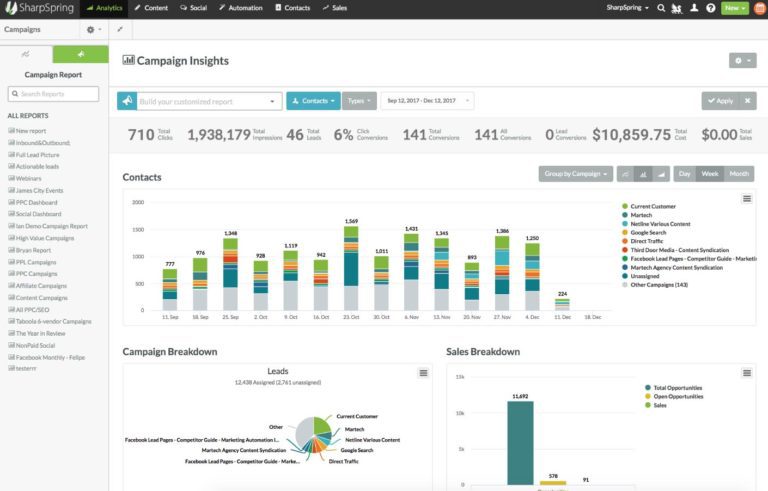
If you’re still using excel spreadsheets or a manilla folder system to manage your prospects or customers, STOP! For your own sanity and the people around you, this must be a thing of the past.
Identifying and implementing a reliable CRM is a crucial aspect of maximising customer engagement (using the data), business process improvement and growth measurement. On the surface, it may seem scary to remove the spreadsheets and physical paper from your current setup, but the short to long-term benefits will drive better and more consistent behaviours while helping you increase the value of your existing or new customers.
3. Email for Communication
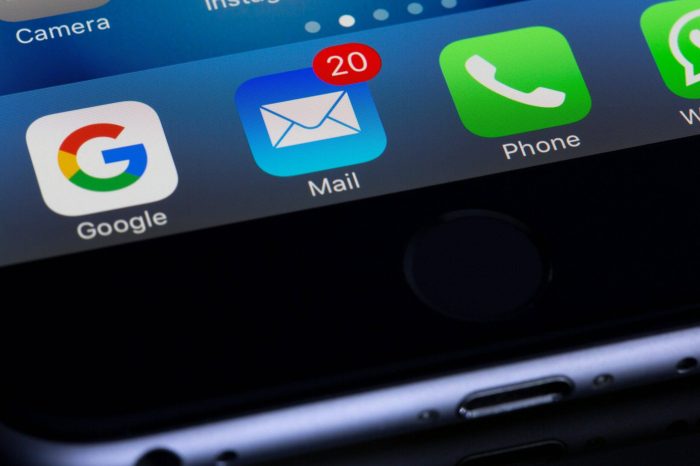
This might seem like a no-brainer, but many businesses overlook just how effective it can be!
The way business is done has evolved significantly since the first email was sent in 1971. It took email over 25 years for it to establish itself as a mainstay of business communication. At best, most email composition is subpar.
Excelling with email is a critical ingredient to engaging your prospects and customers. The types of emails you send and having an understanding of what works and what doesn’t is changing This can be the difference between an ‘open & click’ (engagement) or a ‘delete’ or ‘move to junk’ (no engagement).
We are seeing a shift in how “personalised” emails are perceived by the recipient, especially in the B2B space. Personalising emails needs to look and feel…personal; and beyond just a “Dear {First Name}” or an image that may be considered “relevent”.
In the B2B space, *HTML-based emails simply aren’t cutting through as they once did. We think they are starting to look a little repetitive even with personalised content.
Instead, a well-written plain text email is achieving better open & click rates and deeper engagement than ever before. This is especially true for cold-outreach emails. They look and feel more authentic and, personal!
*HTML-based emails aren’t dead they just don’t work in every scenario. Probably better placed for B2C or D2C-focused businesses.
4. Smartphones Increase Accessibility

By 1930, telephone users in landlocked countries could call an ocean liner in the Atlantic Ocean. SMS or texting started as another efficient method of sending short messages quickly in the mid-to-late 1990s.
The first phone that could be categorised as a smartphone was released by IBM in 1992 – that’s right, Apple was not the first smartphone. The term “smartphone” was coined in 1997 and with the introduction of the iPhone in 2007, the term “smartphone” was formally adopted by the general public. These days you see people using their “smartphones” while walking down the street, sitting on the bus, or even on a plane. The (smart) phones of today make the Nokia 5110 or the Motorola Razor almost unrecognizable…but these still look pretty cool, right?!
Technology such as smartphones makes it easier to reach people and provide the same information as if they were sitting at their desks on a PC or laptop. For obviuos reasons smartphone have created better accessibility, and with that there is also more opportunity for wider marketing penetration. That’s why these days marketers are encouraged to always consider, mobile-first.

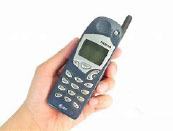
Lean into the marriage of Marketing & Technology
Spend some time learning how MarTech can help you and your business in achieving your objectives. If you consider people (your prospects or customers), storytelling (your differentiator), communication (your style), and accessibility (your method), it may just be easier to lean into the modern way of marketing & technology, while helping you meet your needs and goals with less effort.
Start with a simple conversation. 👇🏻


